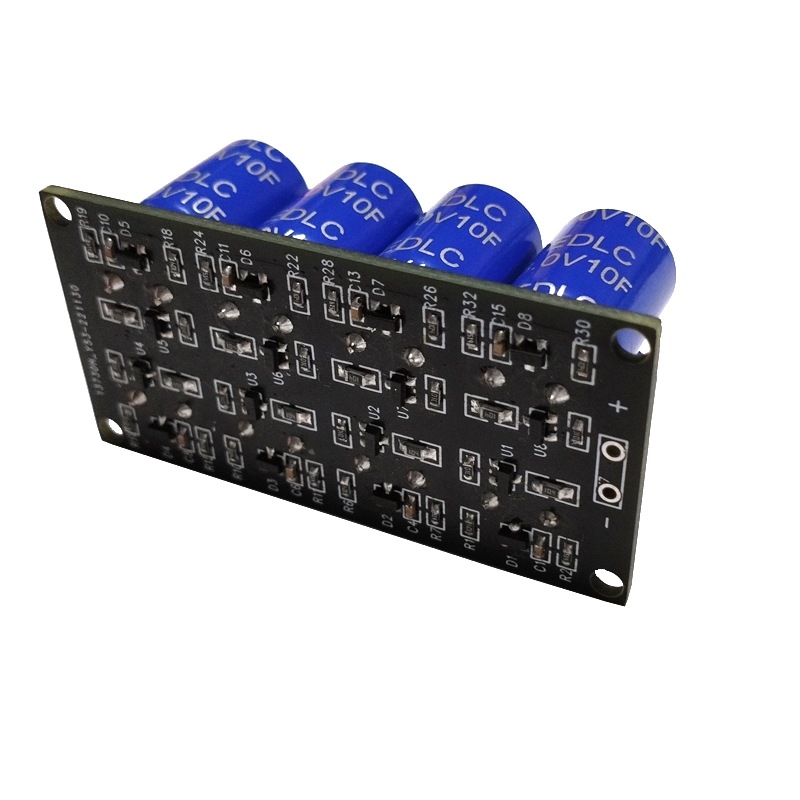Consulting phone:
135-3037-2041
(Mr.Wang)
The working principle of double layer capacitors
Compared with aluminum electrolytic capacitors, double-layer capacitors have higher internal resistance, so they can be charged directly without load resistance. If overvoltage charging occurs, double-layer capacitors will open circuit without damaging the device, which is different from overvoltage breakdown in aluminum electrolytic capacitors. Meanwhile, compared with rechargeable batteries, double-layer capacitors can perform unlimited current charging and can be charged more than 10 ^ 6 times. Therefore, double-layer capacitors not only have the characteristics of capacitors, but also have the characteristics of batteries, making them a new type of special element device that lies between batteries and capacitors.
The basic principle is that when the electrode is charged, the surface charge of the electrode in the ideal polarized electrode state will attract opposite ions in the surrounding electrolyte solution, causing these ions to attach to the electrode surface to form a double charge layer, forming a double layer capacitance. Due to the very small distance between the two charge layers (usually below 0.5nm), coupled with the use of a special electrode structure, the electrode surface area increases by tens of thousands of times, resulting in a huge capacitance. The schematic diagram of a double layer capacitor is as follows:
The characteristics of double layer capacitors
(1) High power density
It can reach 102-104 W/kg, far higher than the power density level of batteries.
(2) Long cycle life
After 500000 to 1 million high-speed deep charge discharge cycles in a few seconds, the characteristics of the double-layer capacitor change very little, and the capacity and internal resistance only decrease by 10% to 20%.
(3) Working temperature limit
Due to the small changes in the adsorption and desorption rates of ions in double-layer capacitors at low temperatures, their capacity change is much smaller than that of batteries. The operating temperature range of commercial double-layer capacitors can reach -40 ℃ to+80 ℃.